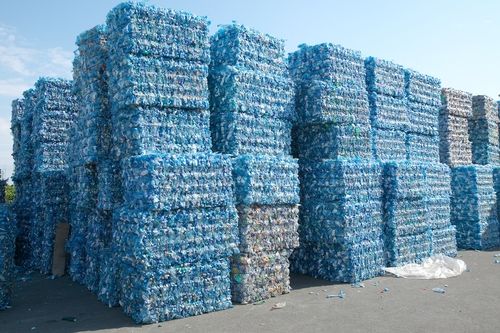THIS REPORT FINDS THAT:
The collected-for-recycling rate for PET bottles in the six countries is on average 54% at the city level (based on nine representative cities) and is estimated to be 26% at the national level.
Across the six countries, a total of 660,000 tonnes of PET bottles was landfilled or leaked into the environment in 2018. This represents a loss of material value of US$199 million.
The informal sector is the backbone of collection for PET bottles, contributing to 97% of all PET that is collected-for-recycling in the nine cities studied – and thus any solutions for Southeast Asia must include the informal sector.
The recommended systemic solution to drive circularity is the implementation of an industry-led PRO focused on boosting the value chain by implementing a price incentive that also benefits the informal sector, supporting policies, the use of recycled content in packaging, and investments into increasing domestic recycling capacity.
Similar models have seen success in comparable developing markets (South Africa and Mexico) which, through voluntary industry efforts, have increased PET collection and recycling rates to over 55% in each country. South Africa now has a 68% recycling rate for PET bottles, with 100% of the material recycled within South Africa.


